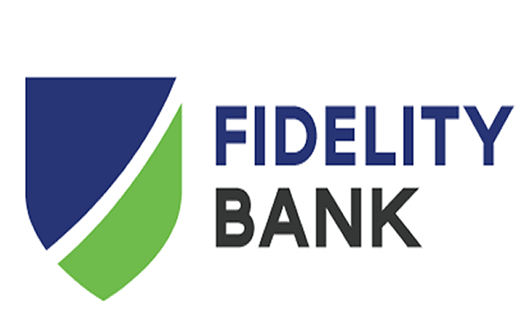Fidelity Bank Lost Revenue But Saved Profit In Q3
Fidelity Bank Plc lost over N8 billion in gross income in the third quarter but ended the nine months of the year with profit improved by 7 per cent to over N20 billion. The revenue drop quarter-on-quarter changed the bank’s earnings story from moderate growth in gross earnings at half-year to a drop of about 4 per cent to N155 billion year-on-year at the end of September 2020.
The drop in earnings in the third quarter cut across all the revenue lines of the bank. Interest income dropped by nearly 15 per cent quarter-on-quarter, fee and commission income went down by 20 per cent and other income last year turned into a loss.
Management compensated for the revenue losses with a big cut in interest expenses at N35 per cent quarter-on-quarter. It also achieved a cut of roughly 12 per cent in other operating expenses during the quarter. The cost savings enabled the bank to shield the bottom line from the loss of revenue during the review period.
Rising credit loss expenses remains the challenge for the bank’s management this year. Loan impairment charges multiplied from N483 million to N3.2 billion quarter-on-quarter. Over the three quarters of the year so far, credit loss expenses kept speeding up and represent the key factor that has hindered profit growth.
On year-on-year reading, Fidelity Bank lost 4 per cent of gross earnings to close at N155 billion at the end of September 2020. This is a sustained downward trend from 5.6 per cent improvement in the first quarter to 2 per cent at half-year and a drop at the end of the third quarter.
The year-to-date position shows that revenue weakness came largely from fee and commission income, which dropped sharply by 25 per cent to N14.5 billion at the end of September 2020. Total interest income went down by 2 per cent to N132.5 billion year-on-year but other operating income and net gains from financial assets grew impressively despite the disappointments recorded within the third quarter.
Significant cost saving from the declining cost of funds remains the main positive factor in operations for the bank this year. This is in line with our expectation at the end of half-year that “what happens to the bottom line will continue to hang around how much cost saving may come from dropping interest expenses”.
Interest expenses continued accelerating downward from a 15 per cent drop in the first quarter to 20 per cent at half-year and further to 25 per cent at the end of the third quarter. This is the critical factor in defending the profit from falling revenue.
Cost-saving from the drop in interest expenses lifted net interest income by 29 per cent to N75 billion at the end of the third quarter. This remains the highest growth in net interest income for the bank since 2016. The bank has therefore maintained an optimised strength in extracting an improved margin of declining interest earnings into operating profit.
The drop of 25 per cent in the cost of funds against a 34 per cent increase in customer deposits to N1.5 trillion over the nine months of the year represents a considerable cut in the bank’s average cost of funds.
Almost all the gain in net interest earnings was consumed by surging credit loss expenses during the period. A net loan impairment write-back of N4.8 billion in the same period in 2019 shifted to net loan loss expenses of N11 billion at the end of the third quarter. Net interest income after loan impairment expenses therefore edged up by 1.4 per cent to less than N64 billion at the end of the third quarter.
The bank retained some strength in non-interest income at the end of the third quarter despite a loss of the high momentum seen at half-year. At N25.5 billion, total non-interest earnings rose by 18.6 per cent year-on-year – a sharp slowdown from the towering growth of 60 per cent year-on-year at the end of half-year.
Net gains from financial assets, at almost N3 billion at the end of the third quarter, remain the driver of non-interest revenue for the year. The cut in interest expenses and the improvement in non-interest earnings provided the strength to defend the bottom line during the period.

Fidelity Bank’s earnings story changed from a 33 per cent profit advance at half year to an improvement of 7 per cent year-on-year at the end of the third quarter. The bank’s third-quarter report shows an after-tax profit of N20.4 billion, which managed to keep it on the path of profit improvements for the fourth year running.
The profit defenders for the year are dropping interest cost and a sustainable improvement in non-interest income.
Profit margin has improved from 10.7 per cent at half-year to over 13 per cent at the end of the third quarter. A decline in revenue with improved profit margin reflects the impact of cost-saving on the bottom line.
The bank’s customer lending volume at under N1.3 trillion at the end of September has gained speed on the path of growth from 7 per cent at half-year to 13 per cent at the end of the third quarter.
The bank closed the third quarter operations in September 2020 with earnings per share of 70 kobo, improving from 66 kobo per share in the same period last year.


Comments are closed.